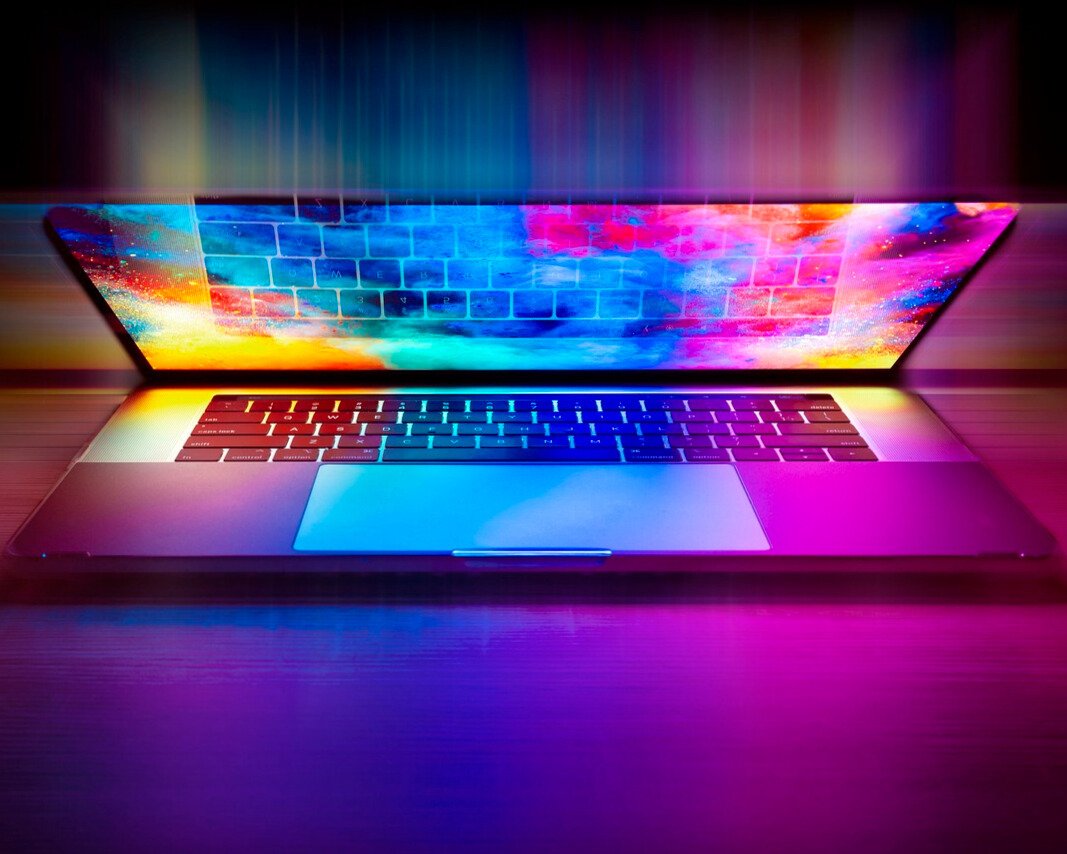Buying a laptop is a significant investment, whether for work, study, gaming, or personal use. With so many options available, it can be overwhelming to figure out which one best fits your needs. To help simplify the decision-making process, here’s a detailed guide on the key factors to consider before making your purchase.
1. Purpose and Usage
Before you dive into specs, consider how you’ll use the laptop. Different tasks demand different features:
- Basic Use: If you only need a laptop for web browsing, emailing, and document editing, a budget laptop with an entry-level processor will suffice.
- Productivity & Multitasking: For tasks like working with multiple apps, spreadsheets, and video calls, look for a laptop with a mid-range processor and more RAM (8GB or more).
- Gaming: Gaming laptops require high-end processors (Intel Core i7 or AMD Ryzen 7), powerful GPUs (e.g., Nvidia GeForce GTX or RTX), and high refresh rate displays.
- Creative Work: For video editing, graphic design, and 3D modeling, you’ll need a laptop with a powerful processor, plenty of RAM (16GB or more), and a high-quality display with accurate color reproduction.
2. Processor (CPU)
The processor is the heart of your laptop, affecting its speed and overall performance. Here are some key options:
- Intel Processors: Intel Core i3 and i5 are good for everyday use, while Intel Core i7 or i9 are suited for power users, gamers, or creators.
- AMD Processors: AMD Ryzen 3 and 5 are similar to Intel’s i3 and i5 in performance, while Ryzen 7 and 9 are great for demanding tasks and gaming.
- Apple M-Series: Apple’s custom silicon (M1, M2) delivers excellent performance and energy efficiency, particularly on macOS devices.
3. RAM (Memory)
RAM is crucial for multitasking and smooth performance, especially when running several programs simultaneously. Here’s what you should aim for:
- 4GB: This is the minimum for light tasks, but it can limit your ability to multitask effectively.
- 8GB: Ideal for everyday use, productivity tasks, and casual gaming.
- 16GB or More: Essential for intensive multitasking, gaming, video editing, or running virtual machines.
4. Storage (SSD vs. HDD)
The type and size of storage directly impact performance:
- SSD (Solid State Drive): SSDs are much faster than traditional HDDs, making boot times, file transfers, and application launches quicker. A 256GB or 512GB SSD is ideal for most users.
- HDD (Hard Disk Drive): If you’re on a tight budget, you may find laptops with larger HDDs (1TB or more), but they are slower and generally outdated for new laptop models.
- Hybrid Storage: Some laptops combine both SSD and HDD storage, giving you the speed benefits of an SSD and the larger capacity of an HDD.
5. Display Quality
The display is one of the most important aspects of your laptop, especially for content creators, gamers, or anyone spending a lot of time on their device:
- Resolution: Aim for at least Full HD (1920 x 1080) for a sharp, clear image. Higher resolutions like Quad HD (2560 x 1440) or 4K (3840 x 2160) are best for tasks requiring precision or high-quality visuals.
- Screen Size: 13-15 inches is ideal for portability and general use, while 17-inch screens are good for those who need more screen real estate or are doing creative work.
- Refresh Rate: For gaming or high-end video editing, look for a laptop with a 120Hz or higher refresh rate for smoother visuals.
- Panel Type: IPS panels offer better color accuracy and viewing angles compared to TN panels. OLED screens, though pricier, provide exceptional contrast and vibrant colors.
6. Graphics Card (GPU)
For gaming, video editing, or 3D design, a dedicated graphics card is essential:
- Integrated Graphics: For everyday tasks, Intel’s Iris Xe or AMD’s Radeon Vega integrated graphics will handle most things just fine.
- Dedicated GPU: For serious gaming or content creation, opt for laptops with a dedicated GPU, such as Nvidia’s GeForce GTX or RTX series, or AMD’s Radeon RX series.
7. Battery Life
Battery life can vary greatly depending on the laptop’s specs and size. Here are some general guidelines:
- 8-10 Hours: Ideal for most users, allowing for a full workday of use without recharging.
- Over 10 Hours: Best for those who need to work on the go, such as students or frequent travelers. Keep in mind that higher-end laptops with powerful processors or gaming laptops may have shorter battery life.
8. Keyboard and Trackpad
Comfort and usability are key, especially if you plan to type a lot:
- Keyboard: Ensure the keyboard is responsive with good key travel. A backlit keyboard can be helpful in low-light environments.
- Trackpad: A large, smooth trackpad with precise tracking is important for navigation. Look for a trackpad that supports multi-finger gestures for efficiency.
9. Ports and Connectivity
Having the right ports for your needs can save you from constantly carrying adapters or dongles:
- USB Ports: At least one or two USB 3.0 or USB-C ports for fast data transfer and device connection. USB-C is especially useful for charging and connecting peripherals.
- HDMI: If you need to connect your laptop to external monitors or projectors, look for an HDMI port.
- SD Card Reader: If you work with digital photography or videos, an SD card reader is a must-have.
- Wi-Fi and Bluetooth: Ensure your laptop supports Wi-Fi 6 for faster wireless internet and Bluetooth 5.0 for connecting to accessories like wireless headphones or mice.
10. Build Quality and Design
The look and feel of your laptop are important, especially if you’ll be carrying it around frequently:
- Material: Laptops made from aluminum or magnesium alloy tend to be more durable and premium, while plastic models may be lighter but less sturdy.
- Weight: For portability, aim for a laptop that’s lightweight, generally between 2.5 to 4 pounds.
- Thickness: Thinner laptops are more portable, but they may have fewer ports or weaker cooling systems, which can affect performance over time.
11. Operating System
Your choice of operating system largely depends on personal preference and the software ecosystem you’re invested in:
- Windows: The most versatile OS, compatible with a wide range of software and hardware.
- macOS: Great for creative professionals and those invested in the Apple ecosystem.
- Chrome OS: Found in Chromebooks, this is ideal for those who primarily use cloud-based apps and need a budget-friendly option.
12. Warranty and Support
Lastly, consider the warranty and customer service options offered by the manufacturer:
- Warranty: Standard warranties range from 1 to 2 years, but extended warranties or accident protection plans may be worth considering, especially if you travel frequently or use the laptop in environments where it might be at risk.
- Support: Research the brand’s reputation for customer support and after-sales service, as issues with your laptop may arise after purchase.
Conclusion
Buying a laptop isn’t just about picking the one with the highest specs; it’s about finding a device that meets your unique needs. By considering factors such as your usage type, processing power, display quality, and battery life, you can make a well-informed decision that will serve you for years to come.
Take your time, compare different models, and remember that the best laptop is the one that fits your personal requirements. Happy shopping!


